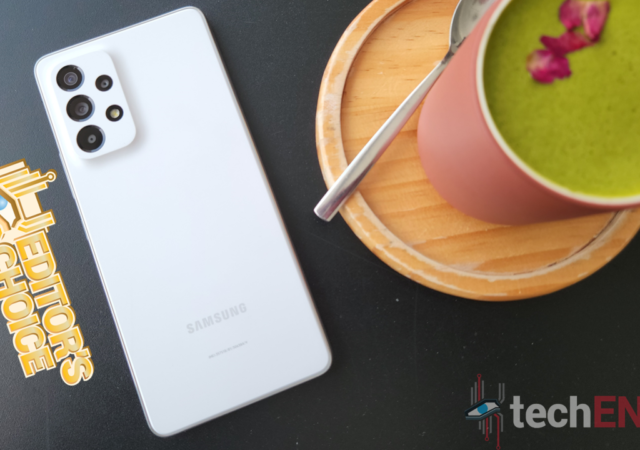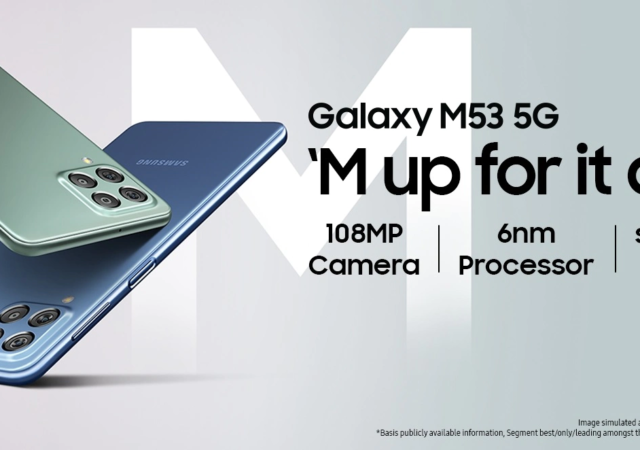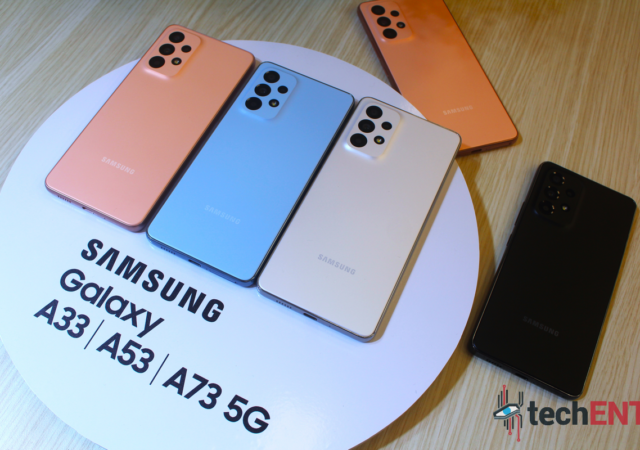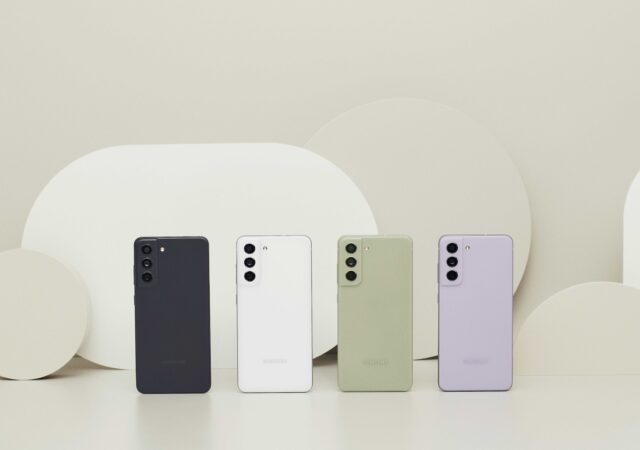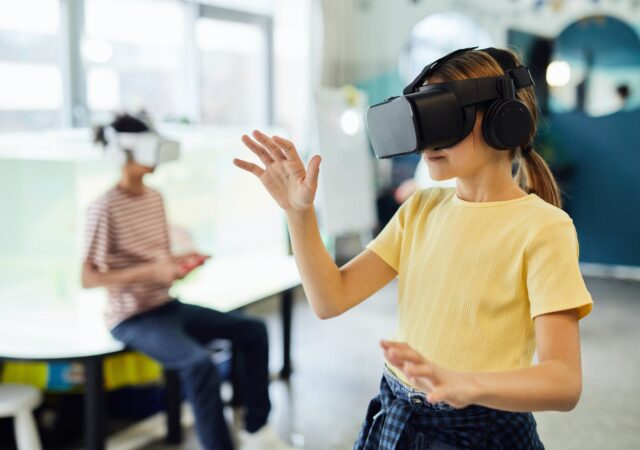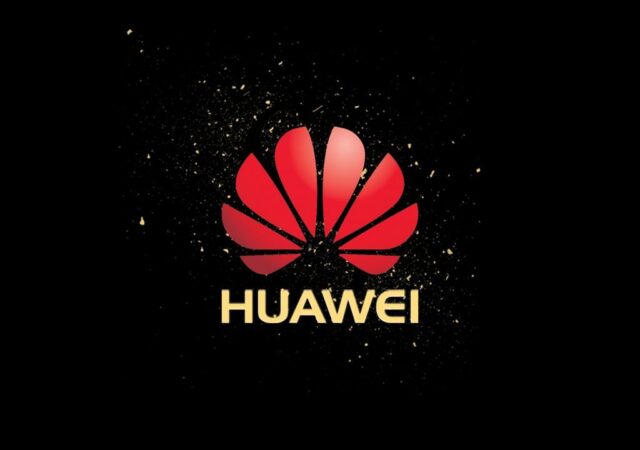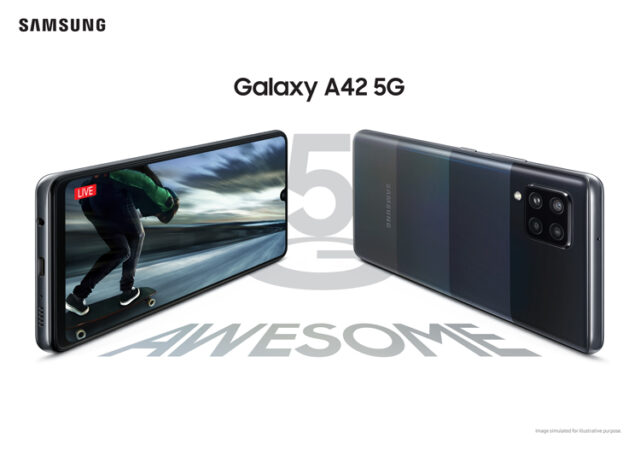U Mobile introduces a new lineup of 5G ready mobile plans with up to 1TB of data, free roaming and more as Malaysia readies for 5G.
OnePlus Announces the OnePlus 10T 5G Without the Notification Slider But With 15 Antennae
The OnePlus 10T 5G is official with a focus on performance, battery life and never settling.
Samsung Galaxy A53 5G In-Depth Review: A Delicate Balancing Act That Pushes the Mid-range Further
Samsung’s Galaxy A53 is the mid-point of its revamped mid-range lineup. How does the true mid-ranger fare? We’re breaking it down.
Samsung’s Galaxy M53 5G Available for Pre-order in Malaysia
Samsung silently puts the Galaxy M53 5G up for pre-order in Malaysia making us wonder where the Galaxy A series stands.
Samsung’s New Galaxy A Focuses On Bringing Flagship to the Mid-range
Samsung announces an all new Galaxy A series for 2020 with three models spearheading their movement for democratising flagships.
Samsung Unveils a Galaxy S21 for Fans – the Galaxy S21 FE 5G
Samsung unveils its latest entry into the Galaxy S21 family – the Galaxy S21 FE 5G. The new smartphone continues the FE’s tradition of unifying the best in one offering.
2022 and Beyond – Technologies that will Change the Dialogue
2022 is set to be one of the most revolutionary years in tech with the increase in 5G adoption as well as changing paradigms in cloud computing.
Huawei Facing New Limitation from U.S. Government
Huawei isn’t getting a break from the U.S. as the Biden administration tightens and streamlines licenses making things harder for the company.
Beyond the Now: Thrive in 2021 with These Five Trends
Red Hat weighs in on the emerging trends that will define the technology landscape and help organizations thrive in 2021.
5G Gets More Affordable with the Samsung Galaxy A42 5G
Samsung makes 5G more affordable with their latest entry into the Galaxy A series – the Galaxy A42 5G.





